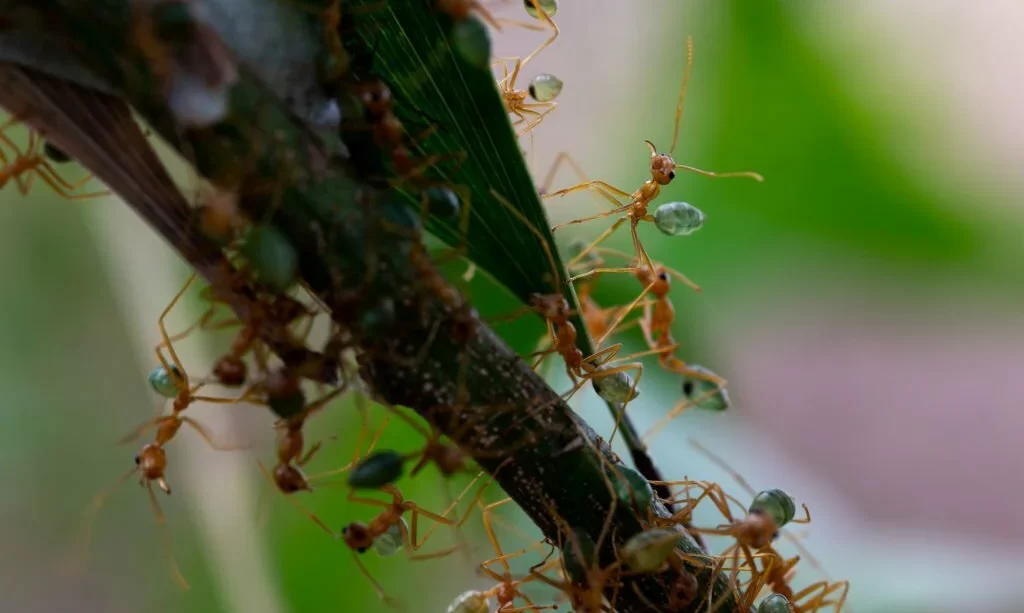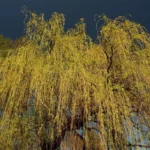For antkeeping enthusiasts and researchers alike, the quest to lure a queen ant out of her nest is a fascinating journey into the world of ant colonies. Queen ants are the heart and soul of ant colonies, responsible for colony establishment and expansion. Capturing a queen ant is not only a rewarding experience but also a way to observe the intricacies of ant behavior up close. This guide will take you through the steps to successfully lure and capture a queen ant, offering insights into the world of these remarkable insects and the methods to establish your own ant colony.
Identifying Queen Ants
Before you embark on the journey to capture a queen ant, it’s crucial to know how to identify them. Queen ants exhibit distinct physical characteristics that set them apart from worker ants. Typically, queen ants are larger, possess an elongated abdomen, and often have wings, especially during the nuptial flight. These features are key to distinguishing them from worker ants. Recognizing these characteristics is your first step in identifying queen ants for capture.
Queen Ant Behavior
Understanding queen ant behavior is fundamental to luring them out of their nests. Queen ants go through a remarkable life cycle, from the nuptial flight to nest establishment. During the nuptial flight, newly mated queens leave their natal nests in search of a suitable nesting site. This is the opportune moment to capture a queen. You’ll need to be aware of when nuptial flights typically occur in your region, as this knowledge will help you plan your quest. By understanding the behavior of these queens during this phase, you’ll increase your chances of successfully luring and capturing a queen ant.
Preparing for the Quest
To embark on the journey of luring and capturing a queen ant, thorough preparation is key. Here’s what you need to do:
- Gather Tools and Supplies: Assemble the necessary tools and supplies, including a test tube setup with a water source and a cotton barrier. This setup will serve as the temporary home for the captured queen ant.
- Timing and Location: Research and understand the timing of nuptial flights in your region. Nuptial flights typically occur after rain or during certain times of the year. Plan your quest to coincide with these events. Additionally, scout locations where queen ants are likely to be active, such as near ant nests, on the ground, or in the air.
Locating a Queen Ant
Successfully capturing a queen ant begins with locating her in the right place and time. Here’s how to do it:
- Observation: Keep a close eye on the area you’ve identified for your quest. Watch for signs of queen ants taking to the air or for queens on the ground searching for a nesting site. The presence of winged ants is a strong indicator.
- Environmental Factors: Pay attention to environmental factors like temperature and humidity. Queen ants are more likely to be active during warm and humid conditions, which are conducive to nuptial flights.
Techniques for Capturing a Queen Ant
When you’ve located a queen ant, it’s time to capture her effectively. Here’s how:
- Gentle Coaxing: Gently coax the queen ant into your prepared test tube setup. This can be done using a soft brush or by carefully nudging her with a piece of paper. Be patient and handle the queen with care to avoid stress or injury.
- Secure the Queen: Once the queen is in the test tube, secure the setup to prevent her from escaping. A cotton barrier at the end of the tube should be sufficient to keep her inside. Make sure the queen has access to water and a dark, quiet environment.
Capturing a queen ant requires precision and patience. By being well-prepared, knowing the right time and place to search, and using gentle techniques to capture the queen, you increase your chances of successfully establishing a new ant colony.
Caring for the Captured Queen Ant
Once you’ve successfully captured a queen ant, her care is of utmost importance to ensure the establishment of a thriving colony:
- Suitable Setup: Transfer the captured queen ant into her test tube setup. Ensure she has a source of water, such as a cotton ball soaked in water, and a food source if necessary (usually sugar water or a small insect). Provide her with a dark and quiet environment to minimize stress.
- Patience: Give the queen time to settle in. She will need a period of rest to recover from the stress of capture. During this time, the queen will lay her first batch of eggs, which will develop into worker ants. This marks the beginning of your colony.
- Monitoring: Regularly check on the queen and her developing brood. Ensure that the test tube setup remains in good condition, and adjust the water source as needed. Keep records of important dates, such as when the first workers emerge.
Troubleshooting and Common Challenges
While capturing a queen ant is a thrilling venture, it can come with challenges. Here are some common issues and troubleshooting tips:
- Stress or Nest Abandonment: If the queen shows signs of stress or abandons her nest, evaluate the conditions. Ensure she has adequate darkness, a water source, and minimal disturbances. Consider re-establishing her in a more suitable setup if necessary.
- Failed Egg-Laying: Sometimes, queen ants may fail to lay eggs or produce only male ants. This can occur due to various factors, including age or stress. In such cases, patience is key, and you may need to try capturing another queen.
- Colony Growth: As your colony grows, you will need to transfer it to a more suitable and permanent setup. Ensure a smooth transition to ensure the continued health and development of your colony.
Conclusion
Luring and capturing a queen ant is a remarkable journey into the world of these industrious insects. It allows you to witness the miracle of colony formation and experience the intricacies of ant behavior up close. As an antkeeper, you have the unique opportunity to create and care for your ant colony, observing its growth and development over time.
By following the steps outlined in this guide and remaining patient and diligent in your care, you can create a thriving ant colony, deepening your appreciation for the remarkable world of ants. Luring a queen ant out of her nest is not only a rewarding endeavor but also a gateway to a deeper understanding of these fascinating and industrious creatures that play a crucial role in our ecosystems.



